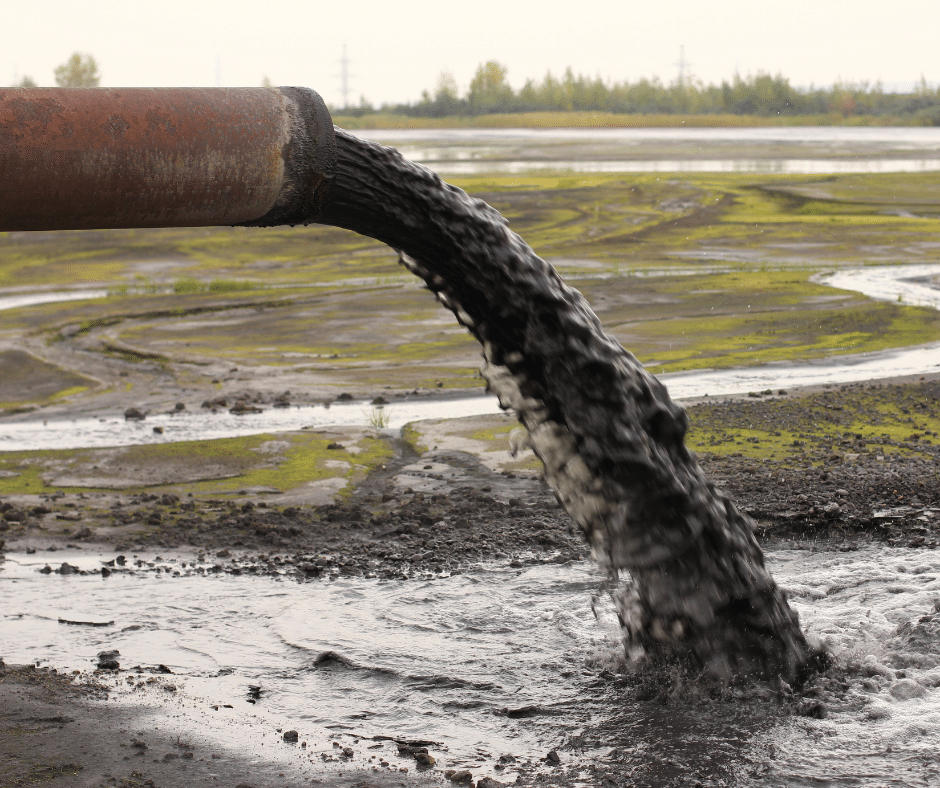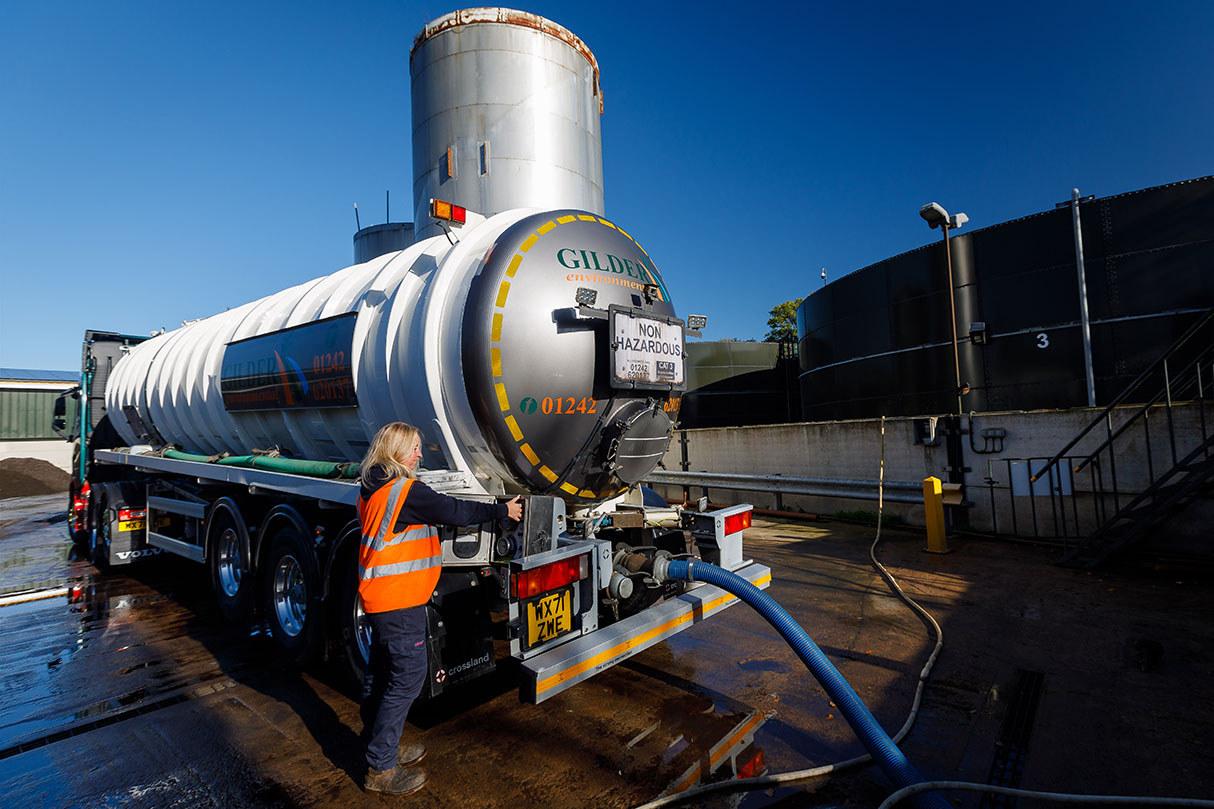Innovative Industrial Wastewater Treatment Solutions: Protecting the Environment
Wiki Article
How Liquid Garbage Disposal Works: A Comprehensive Overview of Methods and Technologies Used

Introduction of Fluid Waste Kind
The complexity of liquid waste types necessitates a complete understanding of their qualities and effects for disposal. Fluid waste can extensively be categorized into several types, including industrial, municipal, farming, and contaminated materials. Each group exhibits distinctive homes, requiring specific monitoring approaches to minimize ecological and health and wellness dangers.
Industrial liquid waste stems from making procedures and commonly includes a range of impurities, such as heavy metals, solvents, and natural compounds. Municipal fluid waste, mainly consisting of wastewater from houses and industrial establishments, has organic issue, nutrients, and microorganisms (industrial wastewater treatment). Agricultural liquid waste, consisting of runoff from ranches, may consist of fertilizers, pesticides, and animal waste, positioning dangers to water high quality and communities
Dangerous fluid waste is defined by its toxicity, reactivity, or prospective to create harm. Comprehending these varied liquid waste types is crucial for developing efficient disposal techniques and making certain compliance with environmental guidelines.
Physical Therapy Approaches

Screening is the initial action, where bigger bits and debris are gotten rid of from the liquid waste utilizing screens or grates. This process protects downstream equipment from damage and guarantees smoother operation. Following testing, sedimentation uses gravitational force to separate solids from fluids. In sedimentation containers, much heavier bits settle near the bottom, developing a sludge layer, while the cleared up liquid can be more treated.
Filtering is one more vital technique that entails passing the fluid through permeable materials, such as sand or membranes, to record smaller fragments. This step boosts the high quality of the liquid, making it ideal for succeeding treatment processes.

Chemical Therapy Methods
Chemical therapy methods are important for effectively taking care of liquid waste, especially in addressing liquified and colloidal impurities that physical techniques may not effectively remove. These methods make use of various chemical agents to neutralize, speed up, or change dangerous compounds right into much less hazardous types.One typical technique is coagulation and flocculation, where chemicals such as alum or ferric chloride are included to promote the aggregation of suspended fragments. This process boosts sedimentation, enabling for easier elimination of the resulting sludge. Furthermore, oxidation procedures, employing agents like chlorine or ozone, are used to break down complex organic substances and pathogens, providing the waste more secure for discharge or further treatment.
Neutralization is another vital strategy, which changes the pH of acidic or alkaline waste streams to neutral levels, stopping potential damage to downstream systems and the environment. Furthermore, advanced oxidation processes (AOPs) utilize combinations of oxidants and ultraviolet light to deteriorate persistent toxins, accomplishing a greater degree of treatment efficiency.
Organic Therapy Procedures
Organic therapy processes play an important duty in the monitoring of fluid waste by making use of microbes to break down natural issue and minimize impurity degrees. These procedures can be generally categorized right into cardio and anaerobic therapies, each employing details microbial communities to attain reliable waste degradation.Cardio treatment involves using oxygen to assist in the breakdown of natural products by bacteria. This procedure is frequently executed in activated sludge systems, where oygenation storage tanks supply a favorable environment for microbial development, causing the oxidation of organic pollutants. The resultant biomass can be divided from dealt with effluent through sedimentation.
In contrast, anaerobic therapy occurs in the lack of oxygen, counting on different bacteria to damage down raw material. This technique is particularly useful for high-strength waste, go to this website as it creates biogas, a sustainable power resource, while reducing sludge manufacturing. Technologies such as anaerobic digesters are often used in metropolitan and industrial applications.
Both cardio and anaerobic organic treatments not only decrease the environmental influence of liquid waste yet likewise help with source recovery, making them essential elements of lasting waste administration approaches. Their versatility, performance, and effectiveness support their prevalent implementation across different sectors.
Emerging Technologies in Disposal
Cutting-edge strategies to liquid waste disposal are quickly advancing, driven by improvements in modern technology and an enhancing focus on sustainability. Amongst these arising modern technologies, membrane bioreactors (MBRs) have obtained grip for their capacity to incorporate organic treatment with membrane layer filtration, leading to premium effluent that try this site can be recycled in various applications. MBRs enable smaller sized footprints and much more reliable operations compared to typical systems.Another encouraging advancement is the usage of anaerobic digestion combined with nutrient recovery technologies, which not only deals with liquid waste however additionally browse around here generates biogas and recovers important nutrients like nitrogen and phosphorus. This dual benefit improves resource effectiveness and minimizes environmental impact.
Additionally, progressed oxidation processes (AOPs) are being embraced for the degradation of complex natural toxins. These techniques make use of effective oxidants and drivers to break down contaminants at the molecular degree, using an extremely effective solution for tough waste streams.
In addition, the combination of expert system and artificial intelligence in waste administration systems is optimizing functional effectiveness and predictive upkeep, resulting in lowered prices and enhanced environmental conformity. These technologies mirror a considerable shift towards more lasting and effective liquid garbage disposal methods.
Conclusion
In verdict, effective liquid waste disposal requires a comprehensive understanding of various strategies and innovations. By constantly progressing these techniques, it becomes possible to deal with the growing difficulties connected with fluid waste, inevitably adding to environmental protection and source recovery.Liquid waste disposal is an important facet of ecological management, requiring a comprehensive understanding of various methods and innovations tailored to different waste types. Liquid waste can generally be categorized into numerous kinds, consisting of commercial, metropolitan, agricultural, and dangerous waste. Agricultural liquid waste, including runoff from farms, may contain fertilizers, pesticides, and pet waste, posing threats to water top quality and ecosystems.
Different physical therapy techniques play a vital function in managing fluid waste properly - industrial wastewater treatment.In final thought, effective liquid waste disposal necessitates a detailed understanding of numerous methods and innovations
Report this wiki page